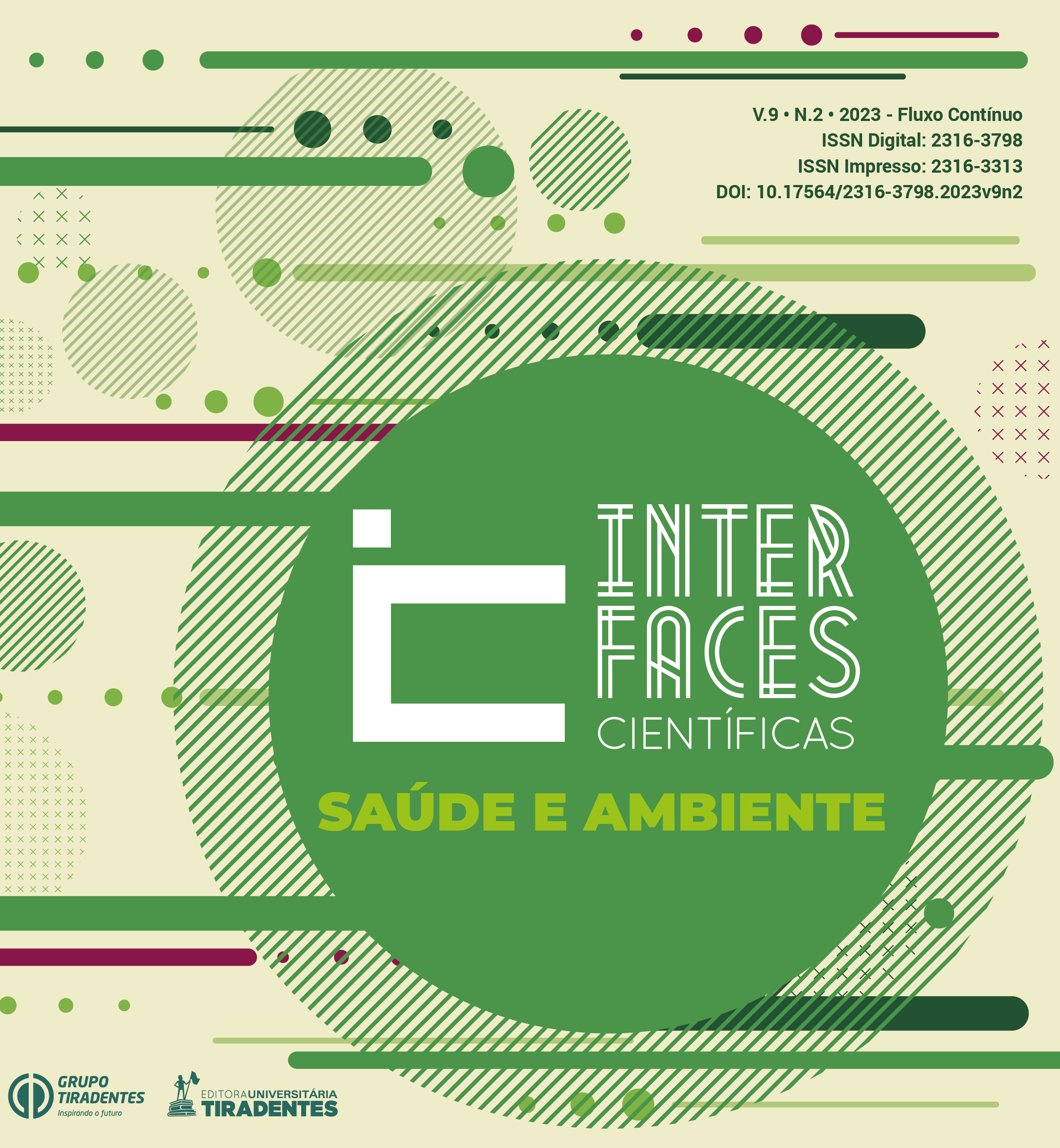PERFIL DE RESISTÊNCIA AOS ANTIMICROBIANOS DE Escherichia coli ISOLADAS DE INFECÇÃO DO TRATO URINÁRIO EM RONDÔNIA
DOI:
https://doi.org/10.17564/2316-3798.2023v9n2p411-423Published
Downloads
Downloads
Issue
Section
License
Copyright (c) 2023 Interfaces Científicas - Saúde e Ambiente

This work is licensed under a Creative Commons Attribution-NonCommercial 4.0 International License.
Autores que publicam nesta revista concordam com os seguintes termos:
a. Autores mantêm os direitos autorais e concedem à revista o direito de primeira publicação, com o trabalho simultaneamente licenciado sob a Licença Creative Commons Attribution que permite o compartilhamento do trabalho com reconhecimento da autoria e publicação inicial nesta revista.
b. Autores têm permissão e são estimulados a distribuir seu trabalho on-line (ex.: em repositórios institucionais ou na sua página pessoal), já que isso pode gerar aumento o impacto e a citação do trabalho publicado (Veja O Efeito do Acesso Livre).
Abstract
Urinary tract infection (UTI) is one of the most frequent infections in the world population, affecting mainly female patients. Among the possible etiological agents, the bacterium Escherichia coli is the most frequently isolated in urocultures. In recent years, an increase in antimicrobial resistance rates of isolated UTI strains has been reported. The aim of this study was to perform an analysis of the antimicrobial resistance profile of E. coli isolates recovered from UTI. Therefore, 29 isolates were included in the study, and for these, an antibiogram was performed using the disc diffusion method for 14 different antimicrobials. The results revealed that most strains were sensitive to ertapenem (96%), imipenem (96%), meropenem (96%) and fosfomycin (93%) while the highest resistance rates were registered for ciprofloxacin (31%). levofloxacin (21%), amikacin (31%), gentamicin (28%) and nitrofurantoin (31%). Worryingly, 17% of the isolates showed a phenotypic test indicative of Extended Spectrum β-Lactamases (ESβL) production. These findings reveal the existence of circulating strains of E. coli carrying an important mechanism of resistance from the clinical point of view (ESβL), however, they still show high rates of sensitivity to carbapenems and fosfomycins.




















